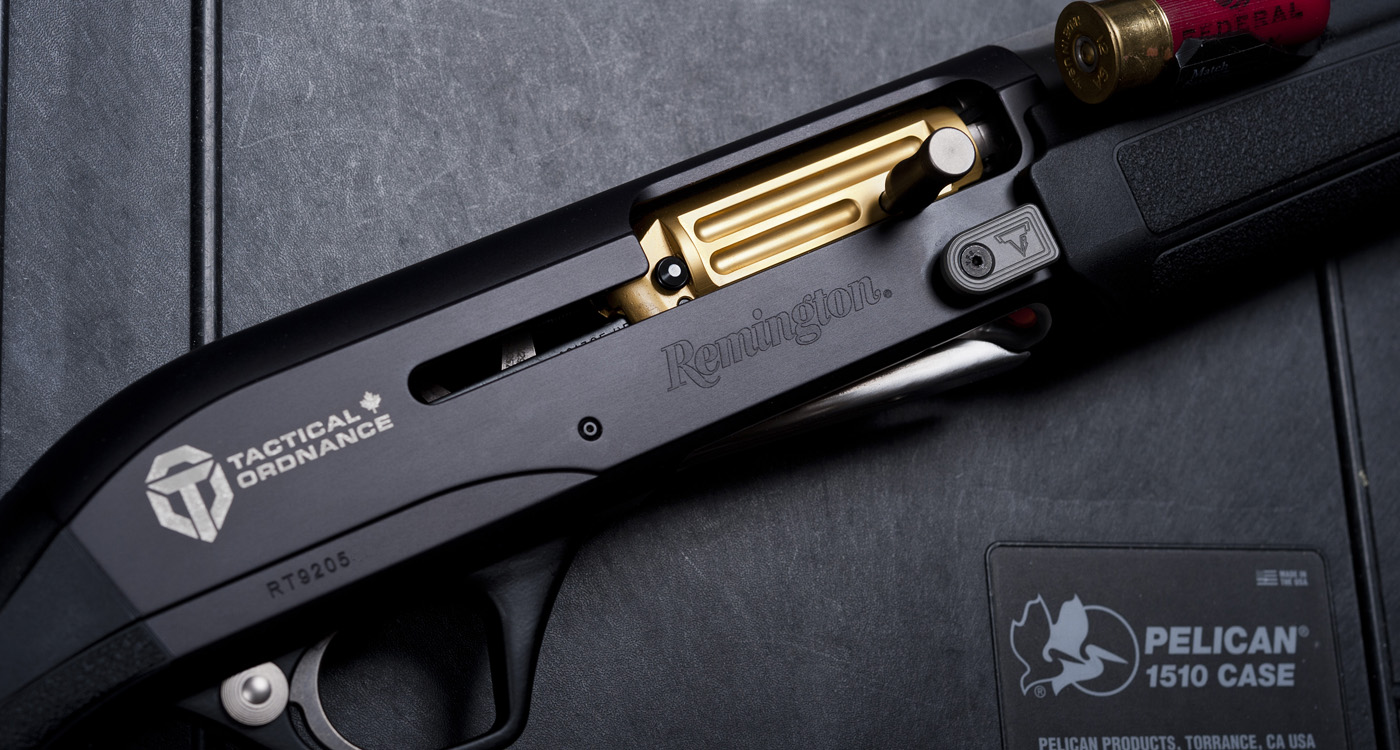
I’ve always been a big fan of the Remington 870 series pump action shotgun; the Wingmaster and Police models to be particular. They are reliable, have an endless amount of aftermarket accessories and just look plain cool with a set of ghost ring sights and Surefire forend. Unfortunately, neither of these serve an advantage in the world of 3-Gun, where follow-up shots, quick sight acquisition, reload speed and weight are critical components of winning a match in the competitive TacOps division. Enter the Remington Versa Max.
When the Versa Max was first introduced few years back, I had read the initial reviews and by and large, they were quite positive. Semi-autos in the old days were finicky and unreliable. At the time, the only high quality, reliable semi-automatic shotguns that were capable of being competitive in the three gun world were made by Benelli and cost a substantial sum; the Benelli Performance Shop M2 3-Gun Edition carries an MSRP of almost $3,000. Of course, this isn’t to say they aren’t worth of that price tag, since they’re made in Italy and display a very high degree of craftsmanship, but they’re still expensive.
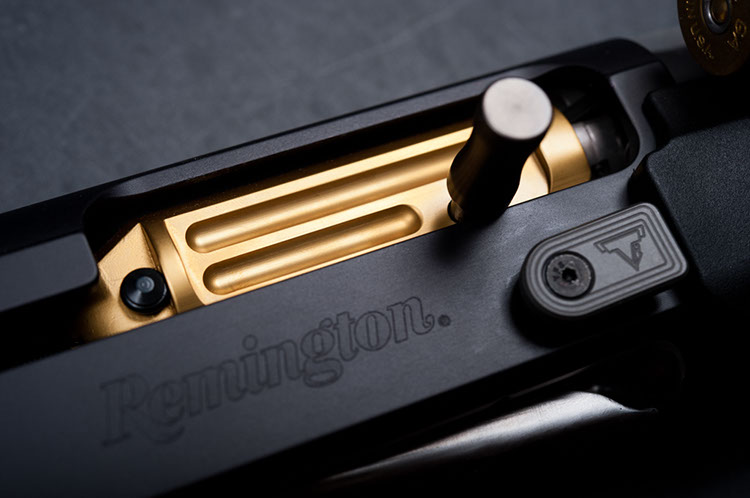
Just as it’s no surprise then that when the patent protection surrounding the ARGO system expired, someone would step up to the plate to build on the impressive foundation Benelli laid, and that manufacturer was Remington. Using a similar dual-piston system, Remington’s new gun still pulled gas from directly in front of the chamber, but did without the regulating release valves employed by Benelli. Instead, the Remington engineers devised a system of holes in the chamber itself in order to regulate the amount of gas going into the system. This system works by using the hull of the shell itself to cover off progressively more gas ports as longer shells are loaded. When a 2-3/4” shell is loaded, seven ports are exposed for maximum gas flow, while a 3” shell loaded into the chamber leaves just four ports available, and the big 3-1/2” shells leave just three ports exposed. Thus, the heavier the load and the higher the pressure, the less gas volume is permitted into the gas system.
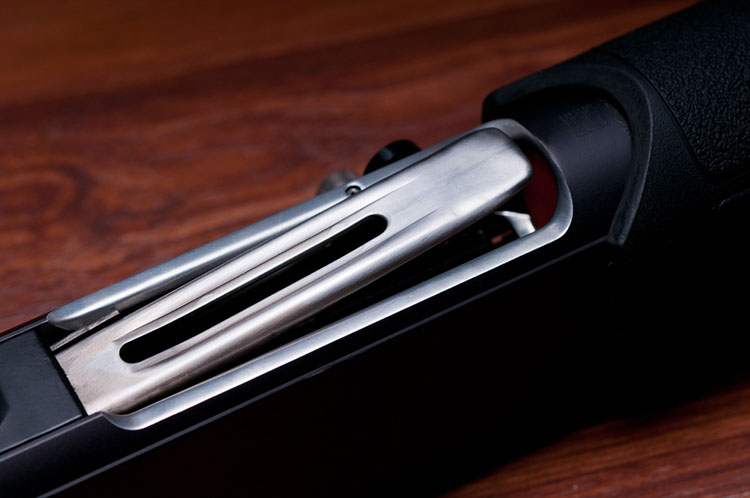
Casey Brouwer, the owner of Tactical Ordnance is one of the best gunsmiths in province of Ontario if not in Canada. He has 30 years of policing background in a major department and 23 years of service with an emergency tactical team. He started Tactical Ordnance in 2002 and his customer base spans from east coast in Newfoundland to the west coast in BC. Well known for their highly popular custom shotgun extension tubes, Tactical Ordnance is also the only other facility licensed to do the Vang Comp barrel modification invented by Hans J. Vang in Arizona. I’ve gotten to know Casey over the years and he always takes his time to explain to me in detail the advantages of each modification. When I was ready to purchase my Versa Max, he had already informed me that I can purchase the shotgun direct from him and when it’s ready to be picked up, it will have had all of the necessary modifications done to it.
I had originally requested for a Versa Max Sportsman with 26” barrel but had to settle for 28” due to lack of stock. And the list of parts and modifications requested was lengthy. The first and foremost task was to open up the feed port and blend the larger opening. The one downside of the Versa Max is a relatively small loading port, so by removing some metal around the port to create a larger hole and a better bevel, it is much easier to load shells. Next up, Casey removed the dimples in magazine tube (which allows for magazine tube extensions to be fitted), and polished the chamber.
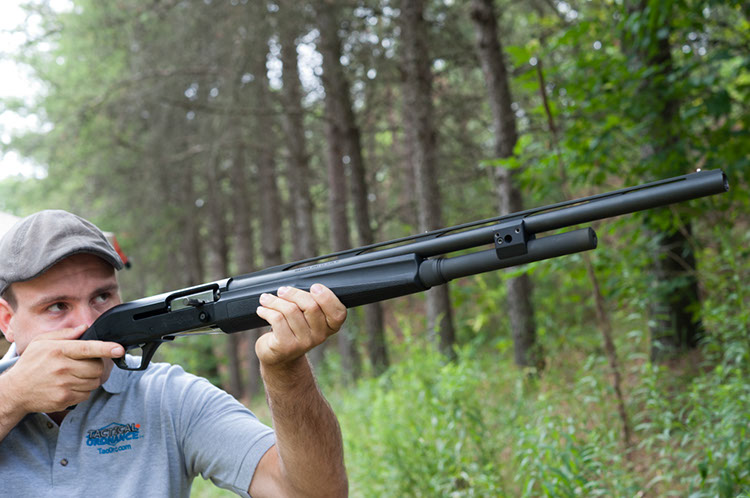
With those done, most of the remaining modifications were simpler. Taran Tactical Innovations’ charging handle and spring kit were installed, as was a Remington Jumbo Safety and a HiViz Fibre Optic front sight kit. Of course, being so well known for their magazine tube extensions, a Tactical Ordnance extension was also fitted allowing the Versa Max to carry five 3.5” magnum shells, or seven 2-3/4” shells. Finally, a MatchSaverZ was bolted onto the forend, which allows for one additional shell to be carried outside the action for the moments when one more shell is needed to complete a stage. Positioned almost directly in front of the ejection port, the MatchSaverZ is used by sliding the left hand back (for right handed shooters) and simply pushing the shell out of the MatchSaverZ and into the ejection port, then hitting the bolt release.
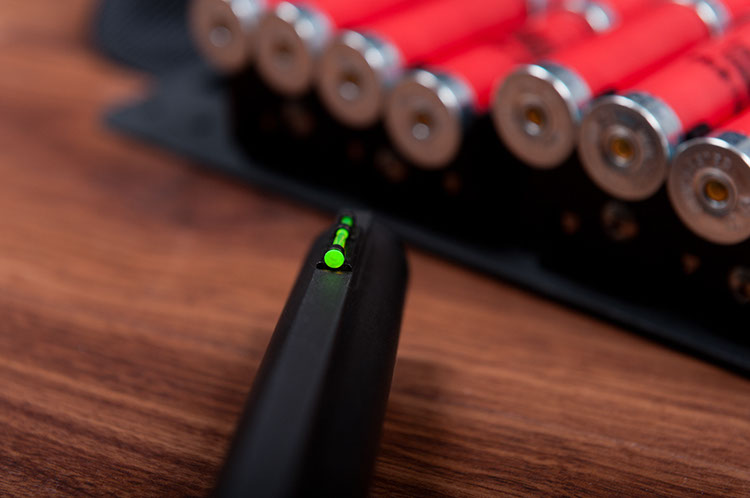
No shotgun setup is complete without shotshell caddies. I’ve decided to go with the DeTurk Vest 8x24 made by Invictus Practical after doing some research on various products. The vest goes on my chest like a chest rig and can be quickly detached if the stage does not include shotgun. Meanwhile my Vtac Brokos Belt (aka Battle Belt) with G-Code D3 Carriers (for rifle and pistol mags) is worn throughout the course of the match.
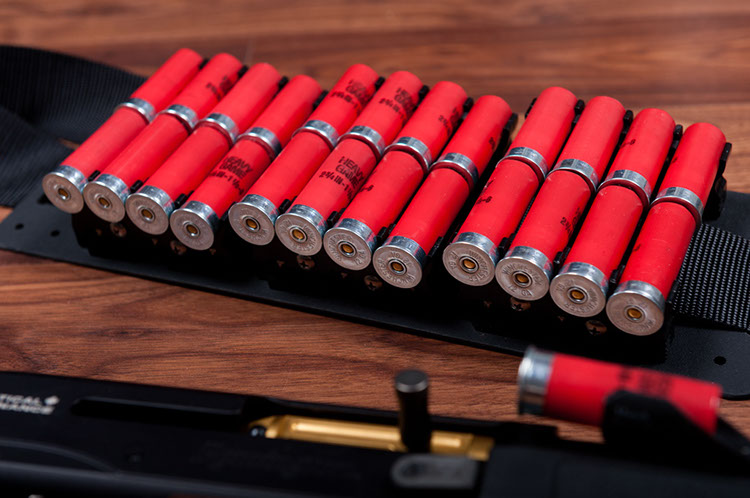
Recoil on the Versa Max is quite soft from the factory, and feels slightly lessened now, although that’s always a tough thing to be certain of. The lighter trigger is definitely appreciated though, the oversized controls and buttons just make everything easier to find when the adrenaline is pumping, and the end result is a gun that feels every bit the the top-shelf competitor that it should be.